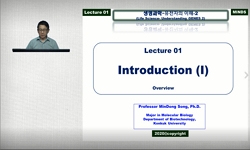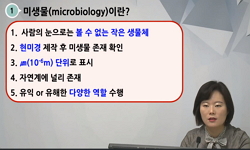<P><B>Abstract</B></P> <P>The performance of closed-loop flowing-type microbial fuel cells using differently pretreated carbon felts is measured. Yeast cultivated from <I>S. cerevisiae</I> is used as biocatal...
http://chineseinput.net/에서 pinyin(병음)방식으로 중국어를 변환할 수 있습니다.
변환된 중국어를 복사하여 사용하시면 됩니다.
- 中文 을 입력하시려면 zhongwen을 입력하시고 space를누르시면됩니다.
- 北京 을 입력하시려면 beijing을 입력하시고 space를 누르시면 됩니다.


Early-stage performance evaluation of flowing microbial fuel cells using chemically treated carbon felt and yeast biocatalyst
한글로보기https://www.riss.kr/link?id=A107726895
- 저자
- 발행기관
- 학술지명
- 권호사항
-
발행연도
2018
-
작성언어
-
- 주제어
-
등재정보
SCOPUS,SCIE
-
자료형태
학술저널
-
수록면
369-382(14쪽)
- 제공처
-
0
상세조회 -
0
다운로드
부가정보
다국어 초록 (Multilingual Abstract)
<P><B>Abstract</B></P> <P>The performance of closed-loop flowing-type microbial fuel cells using differently pretreated carbon felts is measured. Yeast cultivated from <I>S. cerevisiae</I> is used as biocatalyst, while glucose is the substrate. For the pretreatment of felt, acetone, nitric acid, and polyethyleneimine are employed. First the optimal conditions for yeast cultivation are quantitatively determined. As a result, a high yeast growth rate (1.083 h<SUP>−1</SUP>) and the optimal yeast growing time (48 h) for cell tests are obtained. The differently pretreated felts are analyzed by X-ray photoelectron spectroscopy, electrochemical impedance spectroscopy and optical microscopy. Conductivity, charge transfer resistance, and CdbndO and CsbndN groups dangled on the felt are crucial parameters determining the performance of the microbial fuel cell. Particularly, the conjugation effects of pi-pi bonds and lone pairs facilitating the attachment of yeast to the CdbndO and CsbndN groups on the carbon felt promote (i) mutual adhesion between them and (ii) growth of yeast on CF-PEI. This correlation is confirmed by optical analysis of the felts after the cell tests. To evaluate the early-stage performance of the microbial fuel cells using the different felts, polarization curves are measured. In the measurements, the maximum power density of the cells depends on the superficial state of felts, while the performance of the cell using the PEI-treated felt is best, at 256.3 ± 11.5 mW·m<SUP>−2</SUP>. These data match other results attained by pretreatments.</P> <P><B>Highlights</B></P> <P> <UL> <LI> Yeast and chemically treated CF effects on MFC performance are investigated. </LI> <LI> CdbndO/CsbndN dangled on CF-PEI are key bonds for performance enhancement. </LI> <LI> Pi-pi bond conjugation and lone electron pair induce performance enhancement. </LI> <LI> High yeast growth rate and optimal yeast growing time are determined. </LI> <LI> MPD of MFC using CF-PEI is 256.3 mW m<SUP>2</SUP>. </LI> </UL> </P> <P><B>Graphical abstract</B></P> <P>[DISPLAY OMISSION]</P>
동일학술지(권/호) 다른 논문
-
- Elsevier
- Johar, Muhammad Ali
- 2018
- SCOPUS,SCIE




 ScienceON
ScienceON




